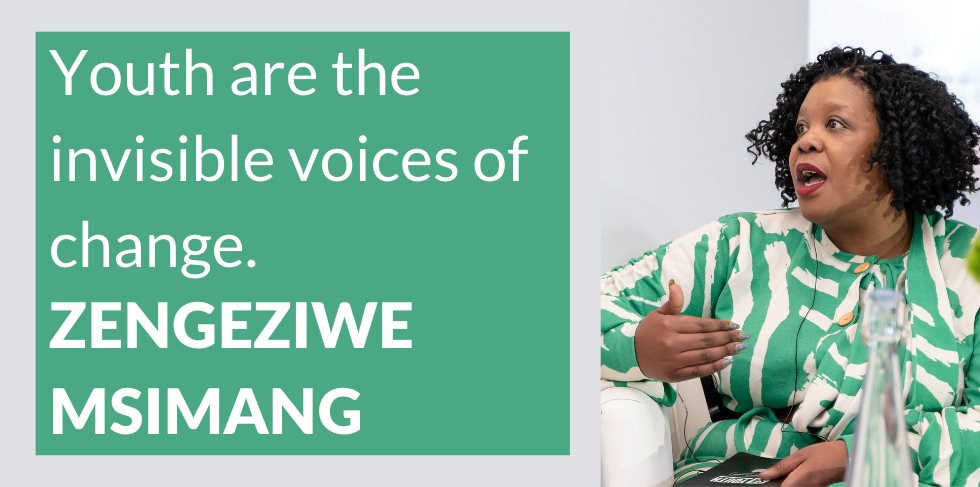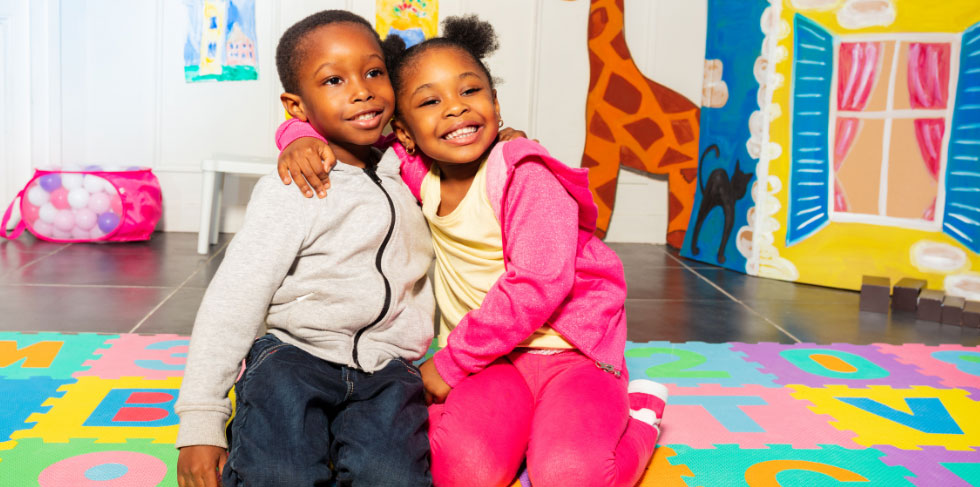Hiring rates and earnings are lower for young women than for young men, even with an increased focus on legislation and diversity in the workplace. Yet, women’s performance, once they are in work, is no different than that of men.
These are key insights from Harambee Youth Employment Accelerator’s annual research report on gender in the job market. It draws on data gained from our engagement with more than 600,000 young work-seekers who are at risk of sustained, long-term unemployment – 67% of whom are young women. At Harambee, we use this research to drive interventions that can more effectively transition young people into jobs and address the challenge of youth unemployment.
So, what exactly are these gender penalties that stack up against young women, creating an 8% discrepancy in employment rates between young men and women, and 10% in earnings?
Some penalties have long been understood: cultural expectations of young women can mean they do more housework and childcare, and therefore have less time to finish school and look for jobs. The research confirms that young men are 1.5 times more likely to finish matric and spend 1.5 times more hours engaged in job-searching than young women.
Other penalties are less intuitive: in a recent survey of more than 300,000 young people, men were 5-6 times more likely to have a driver’s licence than women. For a growing number of entry-level jobs, having a driver’s licence is a key requirement of employers and therefore excludes many young women from these job opportunities.
Perhaps the most insidious gender penalties are those that are (unconsciously) baked into hiring practices. This is where employers must be at their most vigilant about how they source their talent, structure their interview processes, and identify the relevant competencies for success in the job.
Let’s take two examples of what has now become “women’s work” because employers partnered with Harambee to think differently about how to spot talent.
Women have historically been under-represented as butchers but have many of the skills needed to succeed. And butchery is a scarce skill in South Africa with many employment options, from retail and wholesale to the food and beverage industry, and even as entrepreneurs.
In addition to standing in a cold room working with carcasses all day, butchers also need excellent hand dexterity, which many young women can bring to the job. Just ask Claudia Sithole, a 25-year-old “fresh meat processing technician” who loves knowing that she’s a working woman doing a “man’s job”:
“Every day I go home feeling proud of myself,” she says.
Or ask Mbali Dlalani, a Barloworld trainee on her way to becoming a “heavy earth moving equipment mechanic” (yep, that’s the real title). In this case, success on the job is about more than just maths marks and physical strength – this young woman also requires highly developed spatial awareness, mechanical reasoning and visual acuity. She is one of a group of trainees making this women’s work.
“I’ve gone from being unemployed to having a job that is never mundane,” says Dlalani. “I get to go out, I get to build and fix things. I’m very proud of my new life.”
While we still have to address so many of these gender penalties facing young women, we can take Women’s Month as an opportunity to celebrate the many new versions of women’s work.
This article was written by Maryana Iskanker, CEO of Harambee Youth Employment Accelerator, and appeared in the Opinionista section of the Daily Maverick (30 July 2019) under the headline “Reduce gender penalties to level the playing field for jobs”.

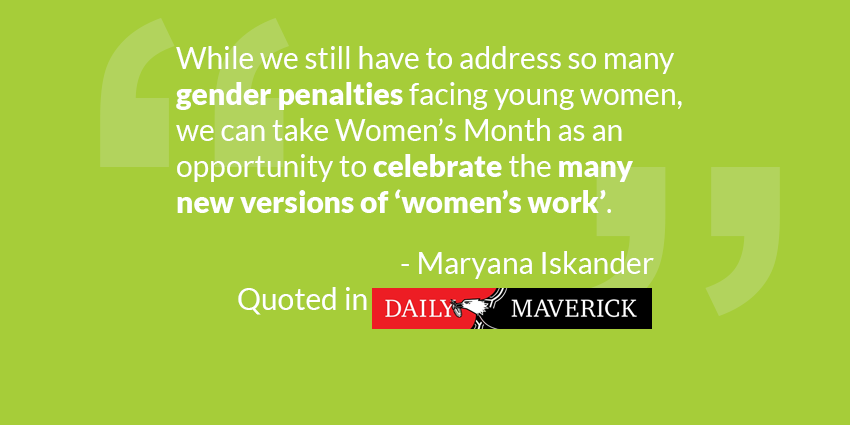
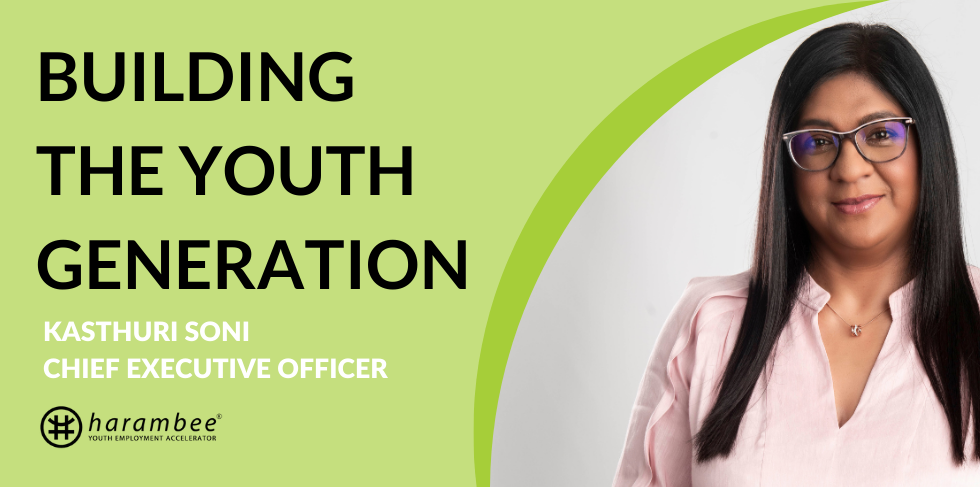
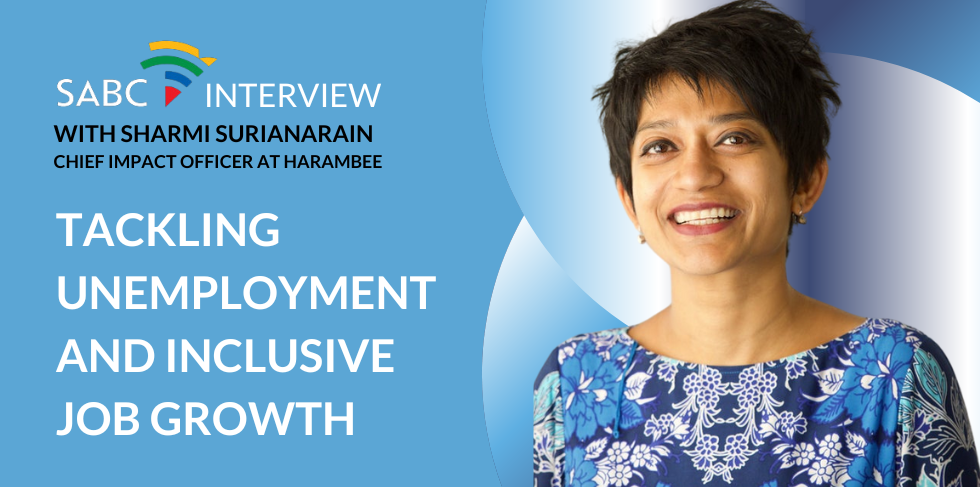
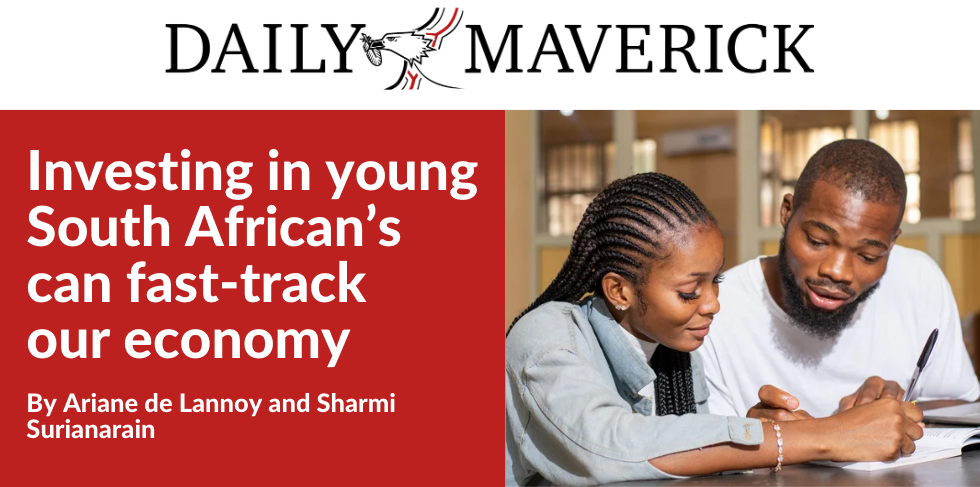
 Stay Connected
Stay Connected